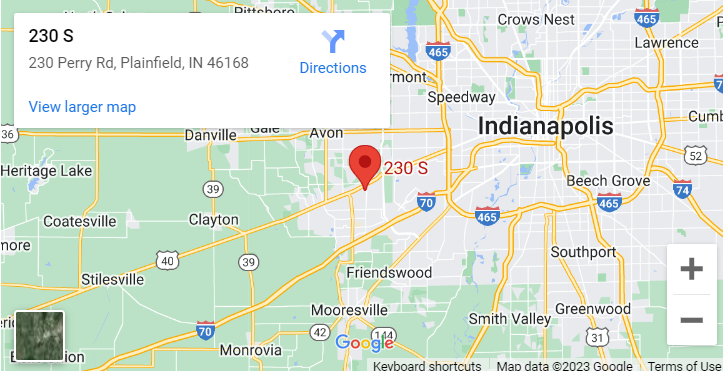Ransomware is big business these days. It isn’t just Russian hackers anymore, but hackers around the world realizing they can make a quick buck unleashing ransomware on people and businesses alike. It is time to protect your business from becoming a victim of ransomware.
Just this week, Crew Chief Dave Winston for NASCAR’s racing team #95 announced that his racing team was targeted with a ransomware attack just days before a big race. The attack encrypted team-critical files and information that was valued at millions of dollars. They could either pay the ransom or be at a huge disadvantage for their upcoming race. They paid it.
One of the hardest parts of fighting ransomware is that most people don’t understand the different depths and nuances of this cyber crime. There are three main categories of ransomware. There is the ransomware that encrypts individual computers typically called Public Domain Ransomware. Then there is Cloud Space Ransomware where systems like Dropbox or Google Drive are accessed by a user’s computer to cloud-based storage systems. Finally, there is Targeted Ransomware that focuses mainly on high-profile targets that will pay higher ransoms since they are perceived to have more to lose.
The way ransomware works is that the hacker encrypts the files and demands payment, usually using online currencies like Bitcoin. Payment has a short turnaround time of 24-72 hours. As time goes up, so does the cost of the decryption key. It is an almost impossible task to trace the ransomware back to the hacker’s command and control server. This communication is routed through Tor networks and can’t be traced. The Bitcoin payment also can’t be traced. The private decryption key that unlocks the files remains on the command and control server until the payment has been made.
[contentblock id=74 img=gcb.png]



